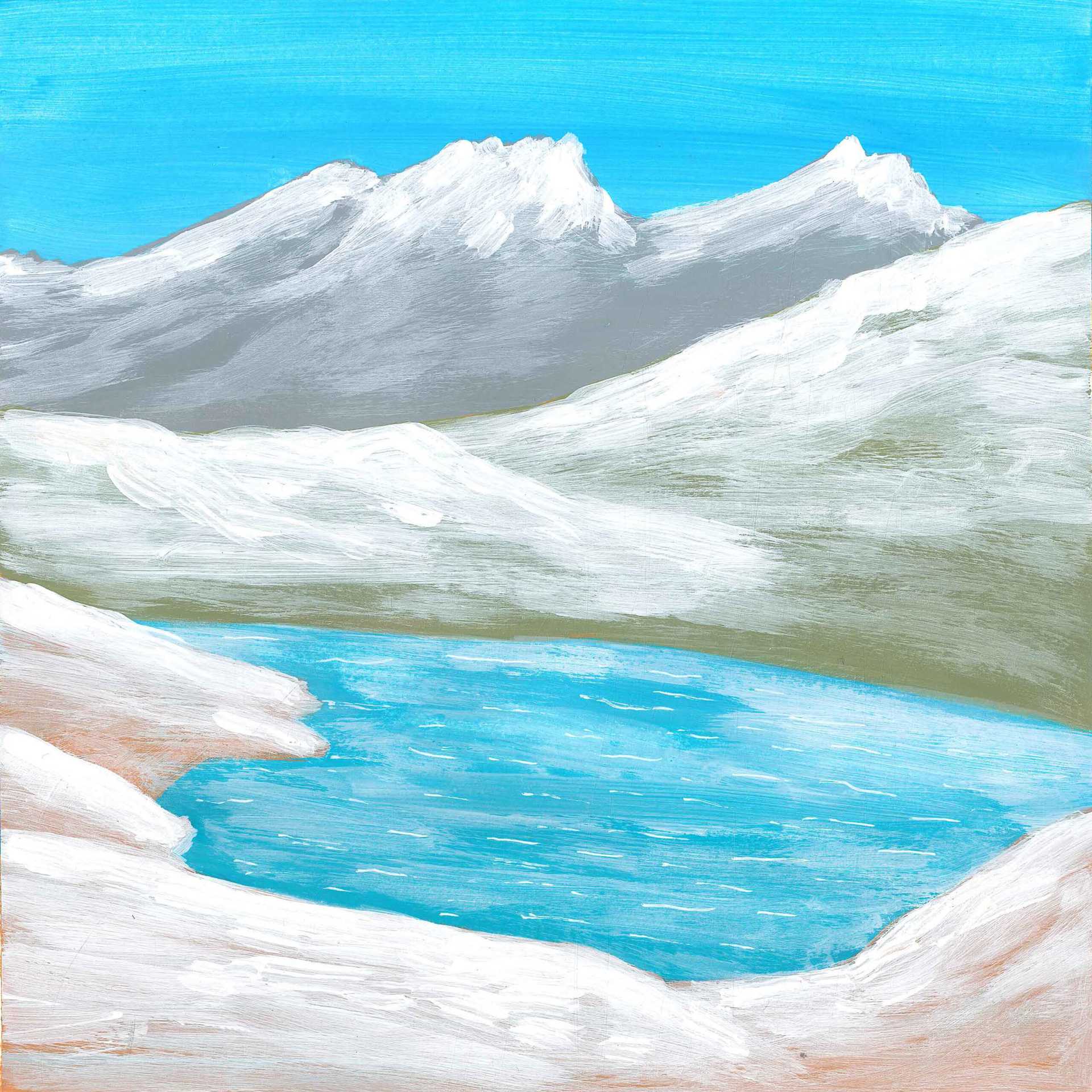
Adishi Glacier
The soundscape of this day at the glacier consist of a very distant river, almost constant rockfall from the edges of the slopes and about 4 bigger ice avalanches. At first, you might feel there is not much going on but if you listen patiently enough, you might get immersed into the hidden world of glaciers and hear the avalanches
Capturing clean, quality sound of a glacier presents unique challenges. The first is simply reaching the place. Most glaciers exist in high, remote mountains that require good fitness and determination just to reach.
Yet coming here was just a first part of the field trip. The glacier is massive, with demanding terrain that takes time and energy to navigate. The easiest access point is at the front – the glacier tongue where the ice ends. But that’s exactly where meltwater rushes out from underneath, creating noise that drowns out the actual glacier activity of ice and rockfall.
To avoid the river noise, I needed to reach the upper sections by following along the edge. This presents another difficulty: the glacier “eats” the mountainside, leaving the edges completely crumbling and unstable with a high chance of collapse. You can hear stones falling continuously so being here is a quite intense yet magnificent feeling.
When I finally reached a narrow ledge position, I got closer to the heart of the glacier. From here I could capture the ice avalanches and rockfalls, much farther from the river noise. You can feel the vibrations and low rumble frequencies when the ice avalanche triggers.
Standing close to it and witnessing this process is very different from anything else. It feels somehow extraterrestrial – something we’re never used to witnessing in our daily lives. Yet it’s a whole complex system by itself, existing there, doing its thing. Basically just water.
